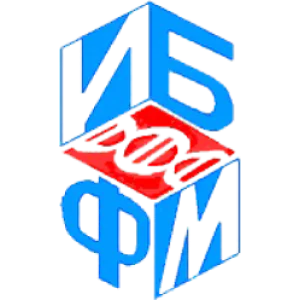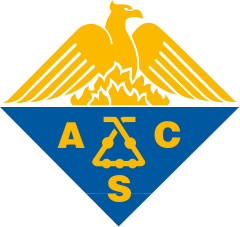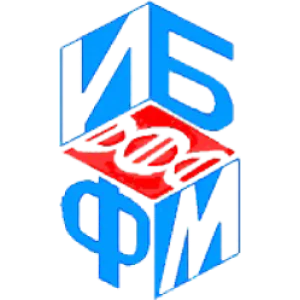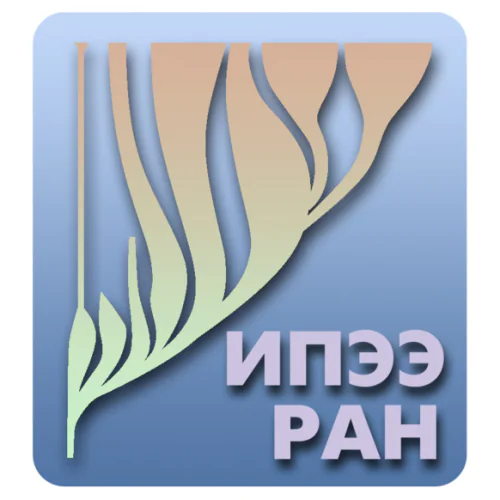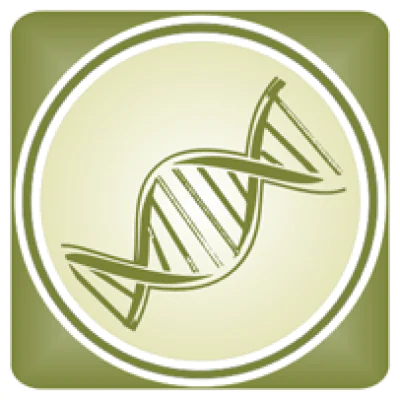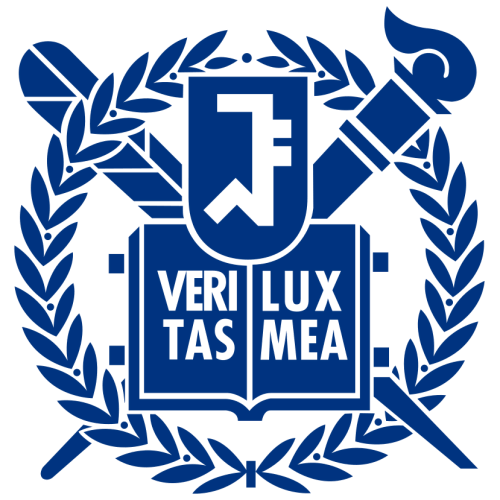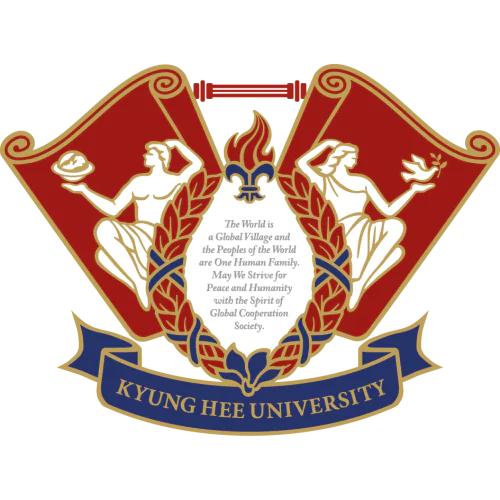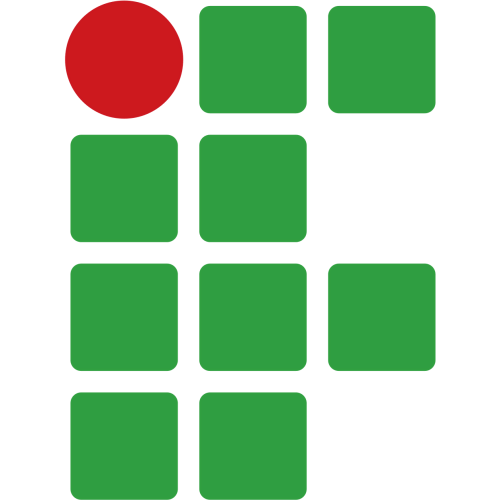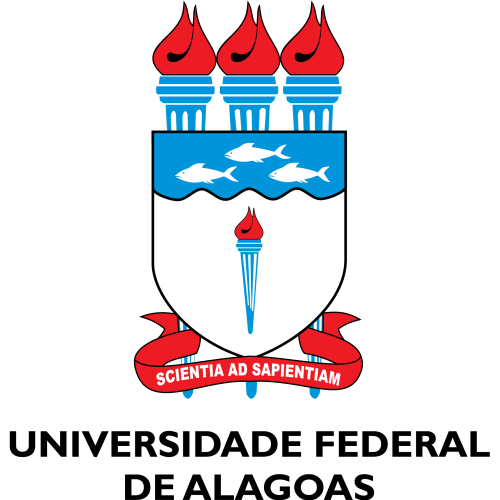Yury Vladimirovich Ospennikov
Publications
4
Citations
9
h-index
2
Labs
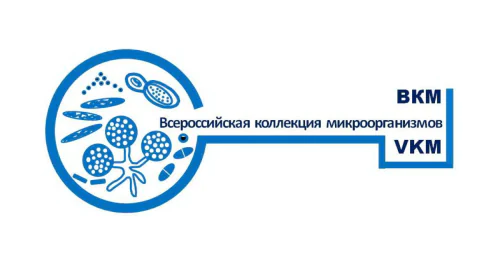
Junior researcher
Education
Pushchino State Institute of Natural Sciences
2020 — 2022,
Master, Microbiology and Biotechnology
Russian State Agrarian University - Moscow Timiryazev Agricultural Academy
2016 — 2020,
Bachelor, Soil Science, agrochemistry and ecology
Found
Nothing found, try to update filter.
Found
Nothing found, try to update filter.
Found
Nothing found, try to update filter.
Total publications
4
Total citations
9
Citations per publication
2.25
Average publications per year
1
Average coauthors
5.75
Publications years
2022-2025 (4 years)
h-index
2
i10-index
0
m-index
0.5
o-index
2
g-index
3
w-index
0
Metrics description
h-index
A scientist has an h-index if h of his N publications are cited at least h times each, while the remaining (N - h) publications are cited no more than h times each.
i10-index
The number of the author's publications that received at least 10 links each.
m-index
The researcher's m-index is numerically equal to the ratio of his h-index to the number of years that have passed since the first publication.
o-index
The geometric mean of the h-index and the number of citations of the most cited article of the scientist.
g-index
For a given set of articles, sorted in descending order of the number of citations that these articles received, the g-index is the largest number such that the g most cited articles received (in total) at least g2 citations.
w-index
If w articles of a researcher have at least 10w citations each and other publications are less than 10(w+1) citations, then the researcher's w-index is equal to w.
Top-100
Fields of science
|
1
2
|
|
|
Microbiology
|
Microbiology, 2, 50%
Microbiology
2 publications, 50%
|
|
Applied Microbiology and Biotechnology
|
Applied Microbiology and Biotechnology, 2, 50%
Applied Microbiology and Biotechnology
2 publications, 50%
|
|
Molecular Biology
|
Molecular Biology, 1, 25%
Molecular Biology
1 publication, 25%
|
|
General Medicine
|
General Medicine, 1, 25%
General Medicine
1 publication, 25%
|
|
Genetics
|
Genetics, 1, 25%
Genetics
1 publication, 25%
|
|
Immunology and Microbiology (miscellaneous)
|
Immunology and Microbiology (miscellaneous), 1, 25%
Immunology and Microbiology (miscellaneous)
1 publication, 25%
|
|
1
2
|
Journals
|
1
|
|
|
Biochemistry (Moscow)
1 publication, 25%
|
|
|
Microbiology
1 publication, 25%
|
|
|
Microbiology Resource Announcements
1 publication, 25%
|
|
|
Current Microbiology
1 publication, 25%
|
|
|
1
|
Citing journals
|
1
2
3
|
|
|
Biochemistry (Moscow)
3 citations, 33.33%
|
|
|
Antonie van Leeuwenhoek
1 citation, 11.11%
|
|
|
New Phytologist
1 citation, 11.11%
|
|
|
Processes
1 citation, 11.11%
|
|
|
Annual Review of Phytopathology
1 citation, 11.11%
|
|
|
Current Microbiology
1 citation, 11.11%
|
|
|
Journal of Agricultural and Food Chemistry
1 citation, 11.11%
|
|
|
1
2
3
|
Publishers
|
1
2
|
|
|
Pleiades Publishing
2 publications, 50%
|
|
|
Springer Nature
1 publication, 25%
|
|
|
American Society for Microbiology
1 publication, 25%
|
|
|
1
2
|
Organizations from articles
|
1
2
3
|
|
|
Skryabin Institute of Biochemistry and Physiology of Microorganisms of the Russian Academy of Sciences
3 publications, 75%
|
|
|
Pushchino Scientific Center for Biological Research of the Russian Academy of Sciences
3 publications, 75%
|
|
|
A.N. Severtsov Institute of Ecology and Evolution of the Russian Academy of Sciences
2 publications, 50%
|
|
|
Organization not defined
|
Organization not defined, 1, 25%
Organization not defined
1 publication, 25%
|
|
Lomonosov Moscow State University
1 publication, 25%
|
|
|
1
2
3
|
Countries from articles
|
1
2
3
|
|
|
Russia
|
Russia, 3, 75%
Russia
3 publications, 75%
|
|
USA
|
USA, 2, 50%
USA
2 publications, 50%
|
|
Country not defined
|
Country not defined, 1, 25%
Country not defined
1 publication, 25%
|
|
1
2
3
|
Citing organizations
|
1
2
3
|
|
|
Pushchino Scientific Center for Biological Research of the Russian Academy of Sciences
3 citations, 33.33%
|
|
|
Lomonosov Moscow State University
2 citations, 22.22%
|
|
|
Skryabin Institute of Biochemistry and Physiology of Microorganisms of the Russian Academy of Sciences
2 citations, 22.22%
|
|
|
Organization not defined
|
Organization not defined, 1, 11.11%
Organization not defined
1 citation, 11.11%
|
|
N.D. Zelinsky Institute of Organic Chemistry of the Russian Academy of Sciences
1 citation, 11.11%
|
|
|
A.N. Severtsov Institute of Ecology and Evolution of the Russian Academy of Sciences
1 citation, 11.11%
|
|
|
Institute of Ecology and Genetics of Microorganisms of the Ural Branch of the Russian Academy of Sciences
1 citation, 11.11%
|
|
|
Murdoch University
1 citation, 11.11%
|
|
|
Washington State University
1 citation, 11.11%
|
|
|
Seoul National University
1 citation, 11.11%
|
|
|
Kyung Hee University
1 citation, 11.11%
|
|
|
North Carolina State University
1 citation, 11.11%
|
|
|
Rural Development Administration
1 citation, 11.11%
|
|
|
Sunchon National University
1 citation, 11.11%
|
|
|
Federal Institute of Education, Science and Technology of Triângulo Mineiro
1 citation, 11.11%
|
|
|
Sofia University "St. Kliment Ohridski"
1 citation, 11.11%
|
|
|
University of Idaho
1 citation, 11.11%
|
|
|
Universidade Federal de Alagoas
1 citation, 11.11%
|
|
|
Agricultural Research Service
1 citation, 11.11%
|
|
|
1
2
3
|
Citing countries
|
1
2
3
|
|
|
Country not defined
|
Country not defined, 3, 33.33%
Country not defined
3 citations, 33.33%
|
|
Russia
|
Russia, 3, 33.33%
Russia
3 citations, 33.33%
|
|
USA
|
USA, 2, 22.22%
USA
2 citations, 22.22%
|
|
Australia
|
Australia, 1, 11.11%
Australia
1 citation, 11.11%
|
|
Bulgaria
|
Bulgaria, 1, 11.11%
Bulgaria
1 citation, 11.11%
|
|
Brazil
|
Brazil, 1, 11.11%
Brazil
1 citation, 11.11%
|
|
Republic of Korea
|
Republic of Korea, 1, 11.11%
Republic of Korea
1 citation, 11.11%
|
|
1
2
3
|
- We do not take into account publications without a DOI.
- Statistics recalculated daily.
This section displays the profiles of scientists registered on the platform. To display the full list, invite your colleagues to register.
Company/Organization
Position
Engineer
Employment type
Part time
Years
2021 —
present




